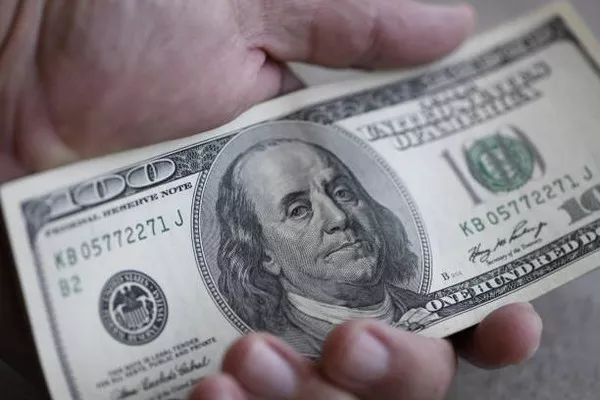On Wednesday, the dollar regained ground, posting modest gains following initial losses driven by renewed expectations of Federal Reserve rate cuts later this year, while the yen depreciated beyond 155 per dollar, heightening intervention concerns from Tokyo.
The yen retreated by 0.3% to 155.16 per dollar, moving away from its recent peak of 151.86 attained last week, likely due to suspected interventions by Japanese authorities to support the weakening currency.
Analysts have indicated that any intervention by Tokyo would provide only a temporary relief for the yen, as significant interest rate differentials between the U.S. and Japan persist.
Bank of Japan Governor Kazuo Ueda remarked on Wednesday that the central bank might undertake monetary policy actions if yen depreciation significantly impacts prices. Concurrently, Finance Minister Shunichi Suzuki reiterated a cautionary note, asserting that authorities stood ready to respond to excessively volatile movements in the currency market.
Carol Kong, a currency strategist at Commonwealth Bank of Australia (OTC:CMWAY), commented, “If we witness a sudden, substantial surge in dollar/yen, then I anticipate them [authorities] intervening to support the yen. However, if the movement is gradual, I doubt they will intervene, although there remains a risk.”
Meanwhile, the euro dipped by 0.13% to $1.0741, while the New Zealand dollar declined by 0.17% to $0.5992.
Against a basket of currencies, the greenback advanced by 0.12% to 105.55, distancing itself from the roughly one-month low it touched last week.
Investor attention remains fixated on the pace and timing of potential Fed rate cuts, which are expected to steer currency fluctuations. Weaker-than-anticipated U.S. jobs data and a dovish stance from the U.S. central bank have solidified expectations of rate reductions by year-end.
Minneapolis Fed President Neel Kashkari’s remarks on Tuesday, cautioning that it is premature to conclude that inflation has definitively stalled, had minimal impact on market rate cut forecasts.
Rodrigo Catril, senior FX strategist at National Australia Bank (OTC:NABZY), noted, “The market disregarded comments from Minneapolis Fed President Kashkari, who leans toward the hawkish end and is a non-voter this year.”
Elsewhere, sterling edged down by 0.18% to $1.2487, ahead of the Bank of England’s policy decision on Thursday, where attention will be on the potential timing of rate reductions.
Analysts anticipate the central bank to keep open the possibility of lowering interest rates as early as June.
Additionally, the Australian dollar decreased by 0.33% to $0.65765, influenced in part by a Reserve Bank of Australia outlook that was less hawkish than anticipated following its decision to maintain interest rates on Tuesday.


